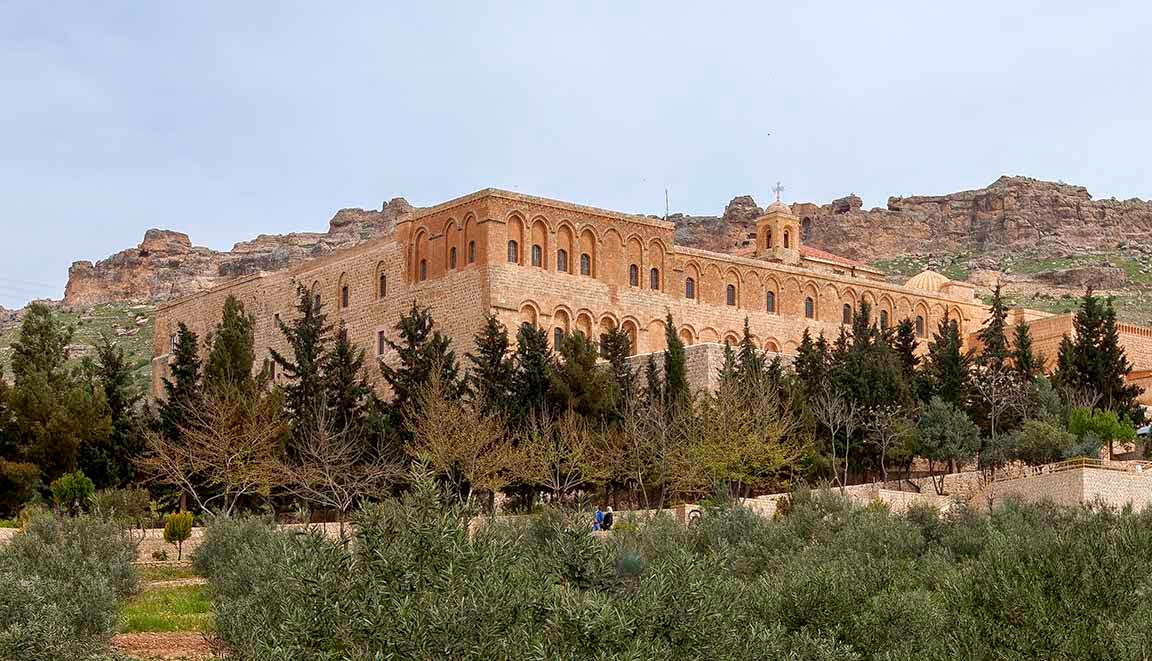Cyprus | Paphos | St. Paul’s Pillar
After an enlightening few days at We Crociferi in Venice I wandered on to Athens, Crete, and Rhodes, before finally washing up in Larnaca, Cyprus.
Cyprus (click on iamges for enlargements)
Statue of my man Xeno in Larnaca
After spending a day Getting Back In Touch With My Inner Stoic—as you probably know, Larnaca (then Kition) was the birthplace of the Greek philosopher Zeno (c.352 BC–c.255 BC), founder of Stoicism—I moved on to Paphos, at the western end of Cyprus Island. According to legend Aphrodite was born just up the coast from Paphos and I was eager to see her birthplace, but first I wandered by the church of Panagia Chrysopolitissa to see St. Paul’s Pillar. Alleged route of Paul and Barnabas through Cyprus. This assumes they used roads built by the Romans to get from Salamis to Paphos. Their itinerary is not detailed in the Bible.
Paul—he of Road To Damascus fame—and his sidekick Barnabas arrived on Cyprus in 45 or 46 AD, landing at Salamis, Barnabas’s birthplace. According to legend, they then proceeded to Kition, current-day Larnaca, where They Supposedly Met With Lazarus, who had washed up in Larnaca after Jesus of Nazareth, according to the Bible, had raised him from the dead. From Kition they moved along the coast to Paphos, where Paul was supposedly tied to a pillar and whipped for trying to preach Christianity to the locals. You will recall from your Bible studies that he mentions being whipped in Corinthians 2 11:24: “Five times I received from the Jews the forty lashes minus one,” but he does not say where. The pillar that Paul was tied to when he was whipped in Paphos—at least according to legend—still stands in front of the church of Panagia Chrysopolitissa.
St. Paul’s Pillar (click on photos for enlargements)
The Church of Panagia Chrysopolitissa, dating to about the fifteen century
The church of Panagia Chrysopolitissa was built of the site of a much larger fourth century basilica. The columns of the old basilica can be seen here. This church was destroyed or heavily damaged by Arabs who invaded Cyprus in the eighth century. The graffiti that they carved on some of the columns can still be seen.
Paul has of course gotten a lot of Bad Press lately:
“So because the Apostle Paul was a homophobic sexually insecure douchebag and authored the majority of the New Testament people are bound by his interpretation of bigoted hatred in order to fulfill the edict to live “‘good christian lives’”.Aother Modern Commentator considers him an insufferably misogynistic blowhard and gasbag who perverted the original teachings of Jesus of Nazareth. However, there is also the school of thought that maintains he was a secret Gnostic and that the books in the Bible which have given him such a bad name (especially Timothy II) are actually forgeries. For more on this tantalizing theory see Jesus and the Lost Goddess: The Secret Teachings of the Original Christians. For a debate of these various issues see Paul Behaving Badly: Was the Apostle a Racist, Chauvinist Jerk? If you want a novelistic treatment of Paphos at the time of Paul’s visit to the city see The Rose of Venus. The book is narrated by a follower of Aphrodite. Paul makes an appearance in the book and tries to convert the narrator to Christianity, but he, the narrator, is not convinced and remains true to the cult of Aphrodite to the end of his life. Read the book to find out why.








